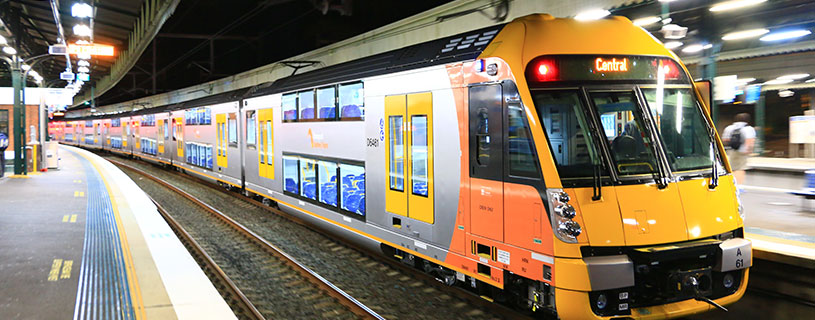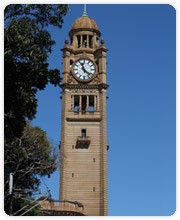
Self-guided tour of Central Station
Self-guided tour of Central
Welcome to Central Station, the hub of the Sydney Trains' network. Central Station is one of Sydney's major landmarks and a heritage icon that reminds us of the grandeur and romance of rail travel in days gone by.
Did you know?
- Opened on 4 August 1906, Central Station is the third station to be built in its vicinity since the first station opened 51 years earlier.
- Central's sandstone clock tower was a later addition, officially brought into use at 10.22am on 12 March 1921. Stretching up at 85.6 metres and featuring four clock faces, the tower could be viewed from miles away, but that was before the skyscapers of today.
- There are 302 steps to the clock faces. Looking closely you can see the stairs going up to the clock faces inside the clock tower.
Got an hour to spare and want to know more?
Next time you are at Central and have an hour to spare, why not follow our self-guided tour and come on a journey through time.
LOCATION 1: Start your tour at the NSW TrainLink travel centre near Platform 1
Platform 1 has always been the 'special services' platform: the place where the Governor set off in his own carriage to the Governor's Residence in Sutton Forest and where General Macarthur arrived during World War II. It is a symbol of the hard work that is associated with running the railways.
Goods lift
There is a goods lift about halfway along this platform. This lift would take workers into another world underneath the platforms into a maze of tunnels where thousands of different kinds of parcels were handled every day:
- coffins
- dogs and cats
- furniture
- postal packages, all being sent around the City and NSW.
Awning pier numbers
You will notice a series of numbers in black on yellow plates on the awning piers. These numbers mark the distance in metres you are from the buffers at the end of Platform 1.Plaque
To the right of BO005 read the plaque dated 23 February 1970 which commemorates the start of the Indian Pacific train service.
There are many NSW families who have a tradition of 'working on the railways'. Commissioner McCusker, whose name is on this plaque, came from such a family. His father had risen to be Station Master and retired after 50 years' service.
Commissioner McCusker started as a junior porter at Byrock to rise to the top over 49 years of service. He was credited with making Sydney's railways the first in the world to have a fleet of double-decker carriages.
LOCATION 2: Walk to the southern end of platforms 2/3
This is close to the location of the original terminals, the first opened in 1855 and the second in 1874.
Devonshire Street Tunnel
At BO187 you are standing on top of the Devonshire Street Tunnel, which used to be the street at the front of the earlier stations.
The first terminal station in Sydney was built in 1855 on a site known as the 'Cleveland Paddock', located between Devonshire and Cleveland streets.
The first 'Central' station became known as 'Redfern' as it was located at that end of town, and was a simple structure consisting of a single wooden platform and a corrugated iron shed. The following years saw more yards and buildings built to accommodate a rapidly expanding railway network.
Second Sydney Terminal
The 'second' station opened in 1874, replacing the first station on the same site. Designed by the famed NSW Railway Chief Engineer, John Whitton, the new station's ornate stone design was considered one of the most impressive public buildings in Sydney at the time. It was designed for "through" trains to allow for future expansion of the railway network into the City.
Eventually, 13 platforms were incorporated into the second station.
A goods yard and sheds to the east of the station added to the chaotic activity at the congested site, with 25 million passengers passing through the station in 1899. By 1900 the second station was congested, run-down and disliked by passengers, and the call for a new and more efficient station was growing by the public.
Mortuary Station
Mortuary Station, the sandstone Gothic building whose spire and dome you can see to your right served as a separate station building for an early funeral train service between Sydney and Rockwood cemetery near Lidcombe between 1867 and 1948.
LOCATION 3: Return to the Grand Concourse and out the western archway on your left. Walk to the garden to the left of the archway
You will notice a small memorial to Donna, the hearing guide dog. This is a good vantage point to view the great clock tower and sandstone facades of the 'third' Central station, which was built in a number of stages.
Third Sydney Terminal
In 1900, the NSW Government accepted a proposal for a new station to be built just a stone's throw north of the earlier station. Walter Liberty Vernon, the NSW Government Architect in charge of design, and Henry Deane, Engineer in Chief of the NSW Government Railways, signed-off on the plans in 1901.
Property resumption needed to occur prior to the construction of the new station, including demolition of the original tramway depot, a police barracks, asylum and other early 19th century buildings.
The former Devonshire Street Cemetery's graves and headstones were also relocated to a new cemetery in Botany and others around Sydney.
The foundation stone was laid on 30 April 1902 with a promise the station would be one of the world's most handsome.
- Pyrmont quarries supplied the sandstone for piers, ramps and walls.
- 3.8 million bricks were used for platforms.
- Hand carved cedar was used for doorways.
- Stained glass windows for the booking hall.
- A large arched steel roof covered the main grand concourse.
Opened on Saturday 4 August 1906 at 11:00pm by Premier Carruthers, the official first train to leave the new station left from platform 12 and made a special run to Parramatta.
Two additional floors and the clock tower
As opened in 1906, the main sandstone building was only constructed to platform level. Work on stage two of the original design, with two additional floors and the clock tower, commenced in 1915 but the outbreak of war slowed construction considerably.
The 86m high clock finally came into operation at 10.22am on 12 March 1921.
Governor's Archway
Keep looking to your right and you will notice that the buildings have been built using brick. This is the back of platform 1 with the old parcel handling area underneath.
Look for the archway about halfway along the outside of platform 1.
- This was the Governor's Archway and if you look closely at the top you can still see the gas light fitting where the Governor's coach would stop.
- The Governor could then go directly from his coach or car to his train carriage on platform 1.
- The large corrugated iron shed at the end of the building, now used as a Youth Hostel used to be part of the Parcel Post Office.
LOCATION 4: Head north around the corner of the building through to the archway of the Light Rail stop
As you pass by the entrance to the concourse look out for the two plaques on the base of the clock tower close to the taxi rank, commemorating the opening of the new station.
Light Rail
Central Station has always been a hub for a variety of transport modes.
A tramway loop was part of the original design of the station to allow trams to terminate across the front of the main concourse at platform level, providing a convenient means of transfer between the two transport modes.
The loop-line was originally in an anti-clockwise direction from Pitt Street, along the colonnade where the Light Rail stop is located, along Castlereagh Street to Circular Quay and back south along Pitt Street. This is opposite to the direction that the current light rail system uses.
The current Light Rail was introduced to Central Station in 1997, and is a modern version of the traditional tram and currently extends from Central to the inner west.
LOCATION 5: Continue along the edge of the building outside and around the corner towards the suburban platforms
The official name for platforms 1-19 was Sydney Terminal when it opened in 1906.
Central Station
In the 1920s, eight new suburban 'electric' platforms became the current platforms 16 to 23.
Electric train services were extended into the City to Museum and St James stations in 1926 and to Wynyard and the North Shore Line in 1932.
Once the 'electric' platforms and the City Circle were opened, Central Station became its common name.
Take the escalator down to the suburban platforms concourse and walk east, following the line of the platform entrances and turn left to exit from the station into Elizabeth Street.
LOCATION 6: Walk outside the entrance at Elizabeth Street and look right along Chalmers Street
You are now standing just north of the deep excavation for platforms 24 and 25 which are used for the new underground line from Central to Bondi Junction, to be known as the Eastern Suburbs Railway, which was opened on 23 June 1979.
Ghost tunnels
The excavation was so deep that two additional platforms (26 and 27) were added on top of 24 and 25 for possible future use but remain hidden there today with no interconnecting tunnel.
These are now known as the 'ghost tunnels' of Central Station
LOCATION 7: Walk around the corner to your left under the Eddy Avenue viaduct and along the colonnade to the corner of Eddy Avenue and Pitt Street
On the side of the first viaduct over Eddy Avenue look out for a plaque installed to remember the soldiers of World War 1.
World War 1 honour boards
Central Station was important during war-time with soldiers travelling from here to Darling Harbour where the troop ships were loaded.
About 8,500 NSW Railway and Tramway men enlisted for war service, and more than 1,200 were killed.
To remember their service, workers at home erected honour boards at railway stations and depots, many which are now on display at Central Station as part of the 'Railway Remembrance Wall' on the concourse to platforms 24 and 25.
If you look up at the building from here you may notice the different colour sandstone to the lower sections of the Central Station main building to the upper sections, showing how it was built over time.
Eddy Avenue
Eddy Avenue was named after the former railway Commissioner Edward Eddy, who was a key advocate for the new station, although it was not constructed until after his death in 1897.
On the corner of Eddy Avenue and Pitt Street you will notice a plaque at the base of one of the sandstone pillars, which commemorates the 1902 completion of the foundations for the new station.
This foundation stone weighed 4.5 tons, and came from a quarry in Bowral in the southern highlands of NSW.
LOCATION 8: Travel up the escalators on the corner of Eddy Avenue and Pitt Street and end-up back at the main concourse
Walk east towards the cafe area at the north eastern end of the main concourse.
John Whitton's memorial
Walking along the concourse you will see John Whitton's memorial at the entrance to the tram tunnel on your left.
Whitton was appointed Engineer-in-Chief of the NSW Railways in 1867 and known today as the 'father of the railways' for his service and engineering triumphs.
Along the way also notice the beautiful coloured glass windows of the station's original Booking Office, complete with NSW Railways insignia.
Grand Concourse
The Grand Concourse area has been changed, renovated and 'remodelled' throughout its history.
Daily thousands of people pass along the concourse, and the station continues to be the busiest station on the NSW network.
The station is now maintained by Sydney Trains and continues to be upgraded to ensure that it meets the requirements of modern Transport travel.
Recognising the heritage significance of Central Station, the place is now listed on the NSW State Heritage Register, ensuring its protection for generations to come.
LOCATION 9: Finish your tour in the cafe area at the end of the main concourse
NOTE: Closed till further notice
The cafe area is located inside the former 'interstate booking office' which opened in the 1950s.
Look for the beautiful inlaid map on the floor, and the murals around the top of the walls. This is some of the most exquisite terrazzo and plaster-work in Australia, and a great place to finish your tour.
Your tour ends here.
Image

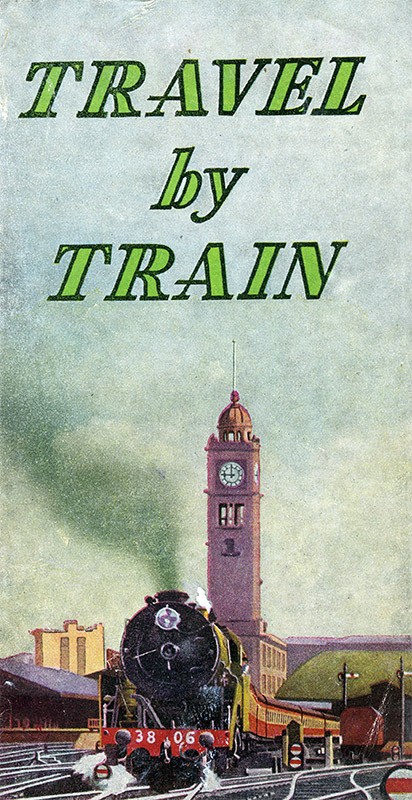
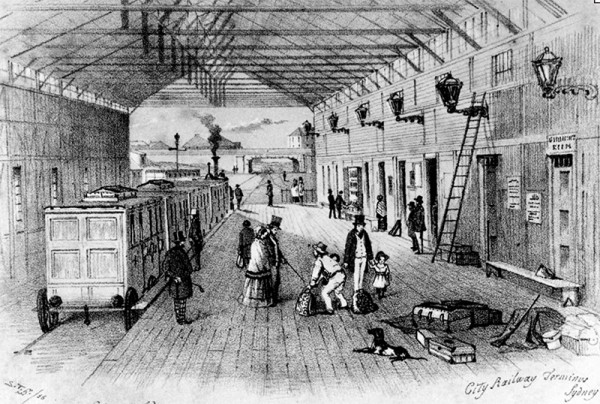
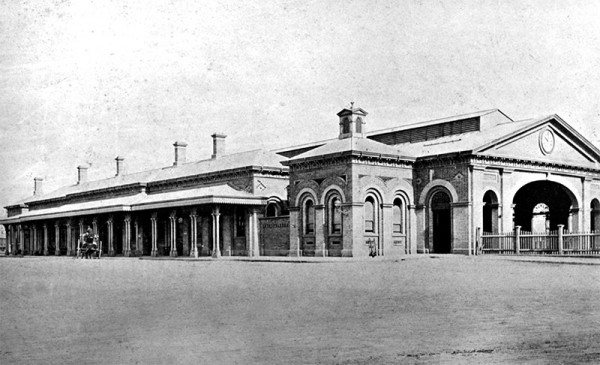
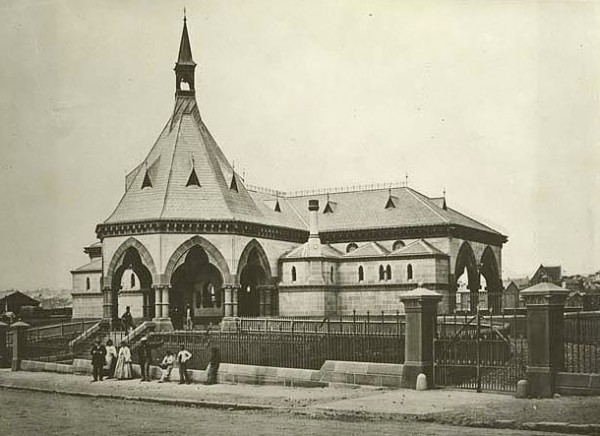
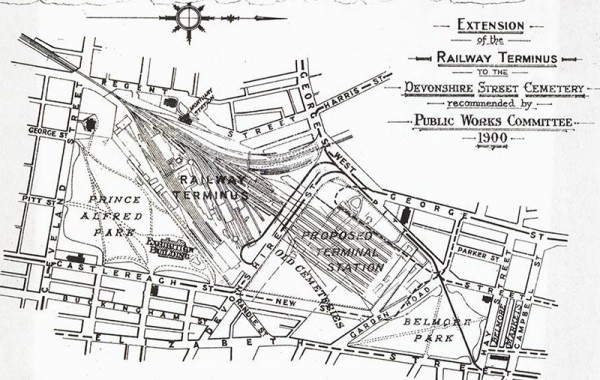
Image controls:
Image
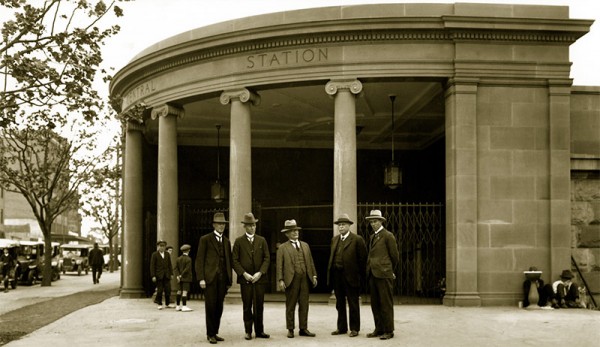
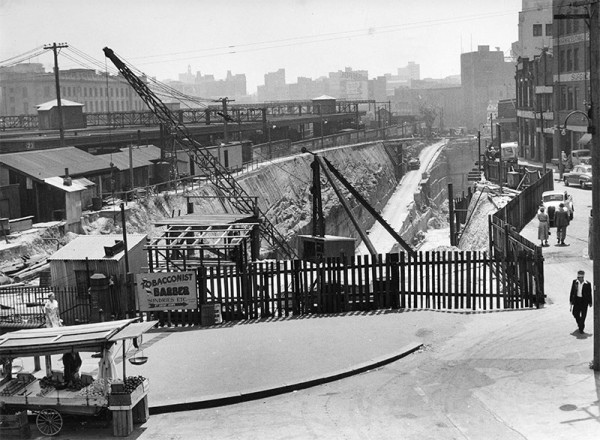
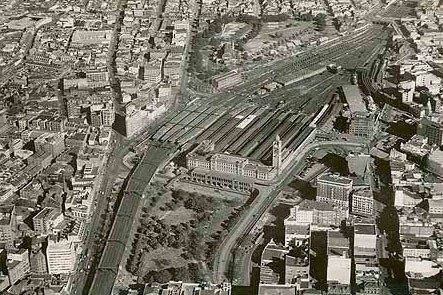
Image controls:
Image
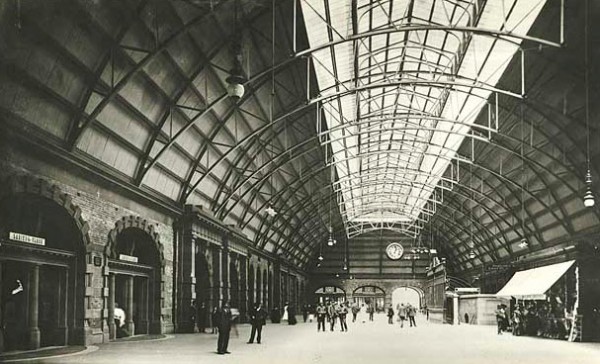
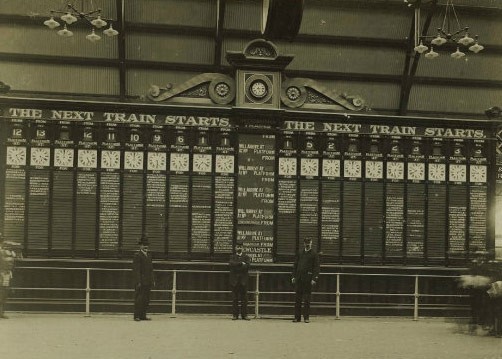
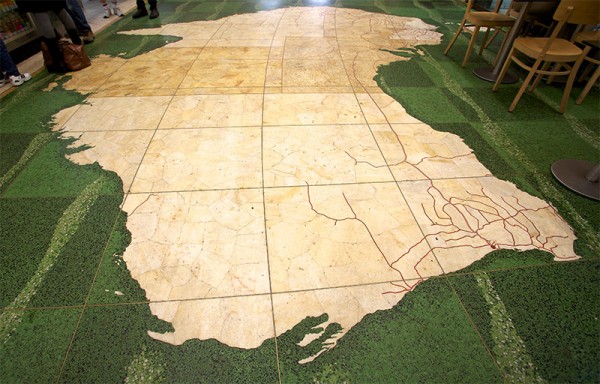
Image controls:
See NSW by steam train
Visit Transport Heritage NSW to find out more about:
- Taking a ride on a historic train
- Railway heritage events
- Where to visit railway museums around NSW.


